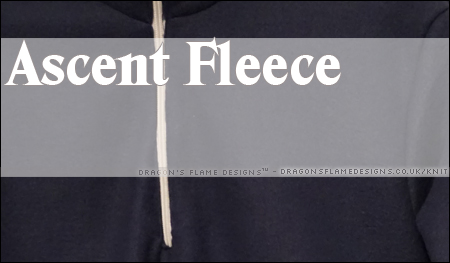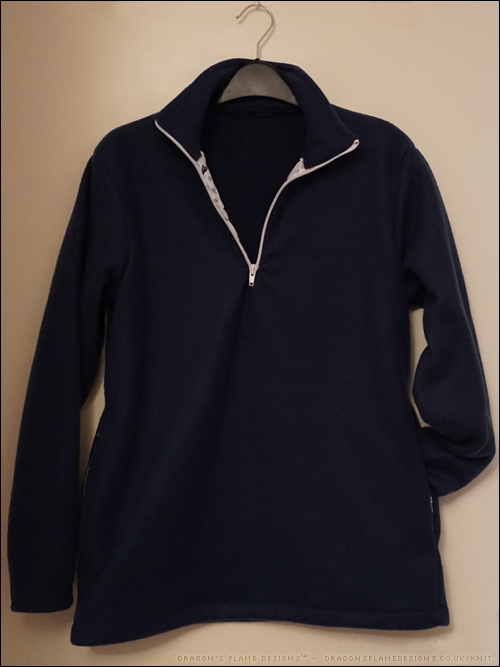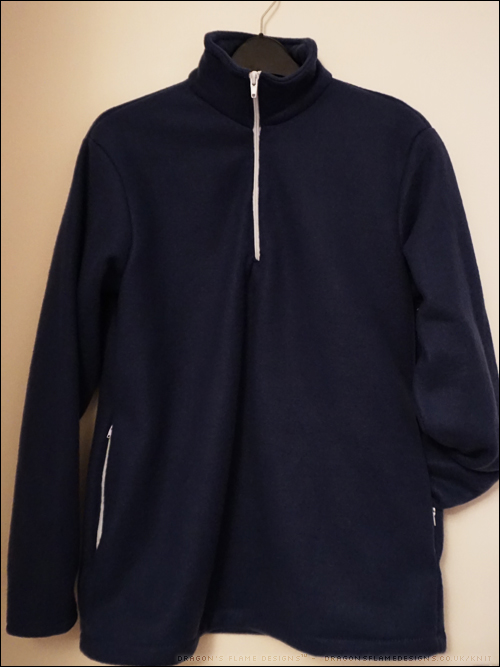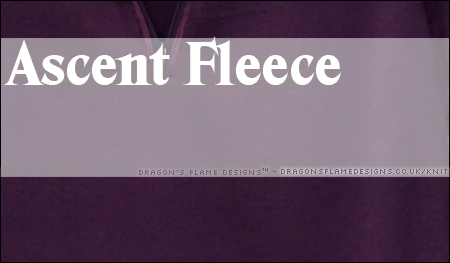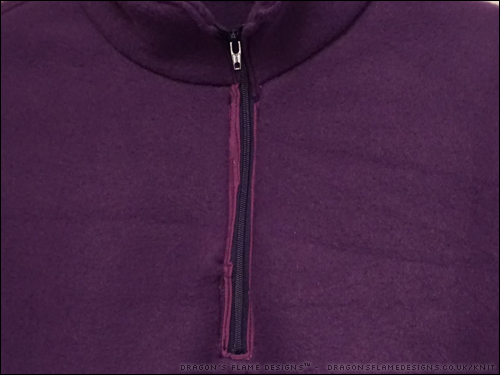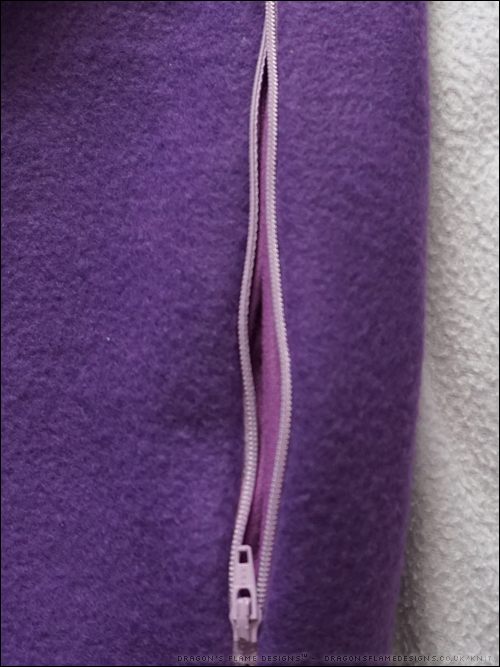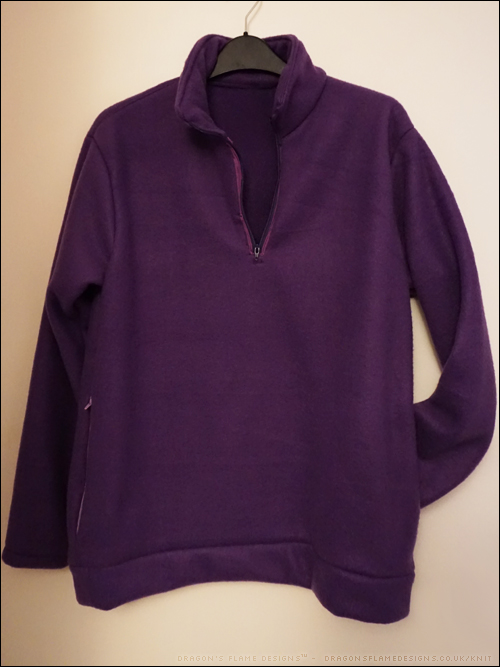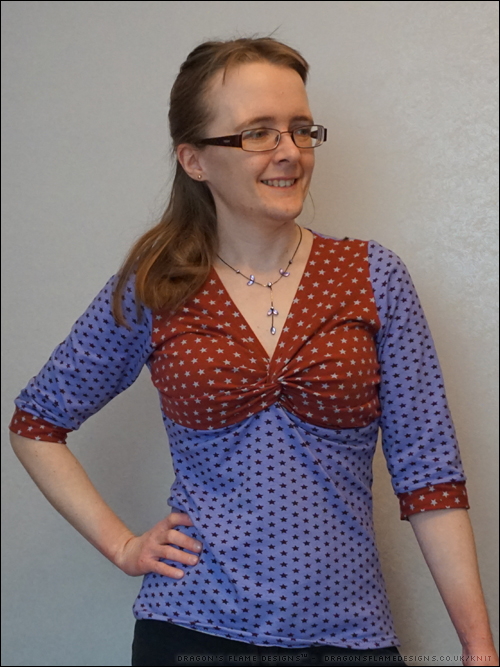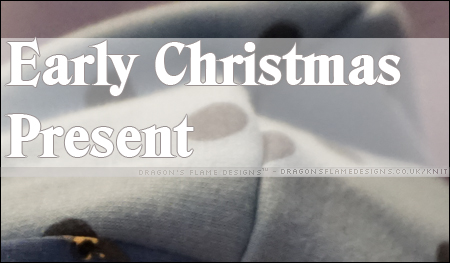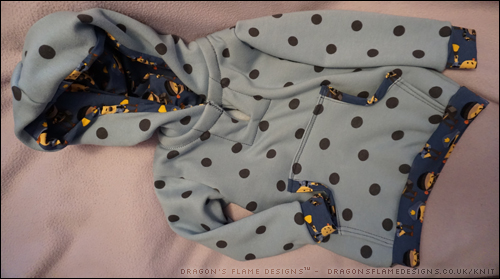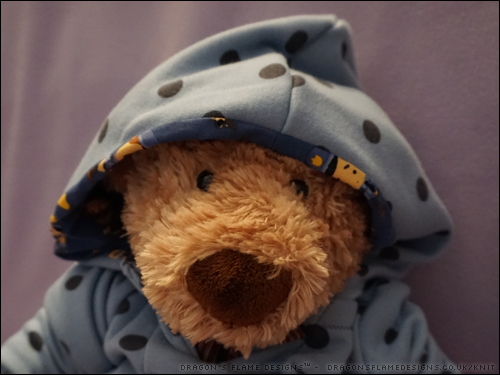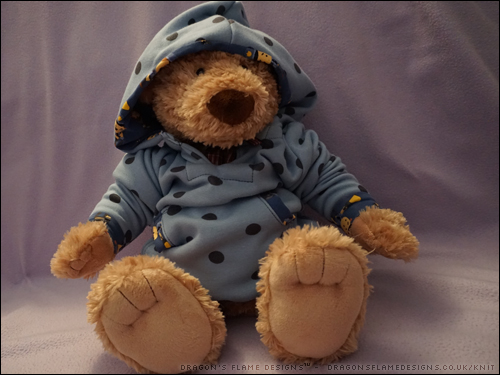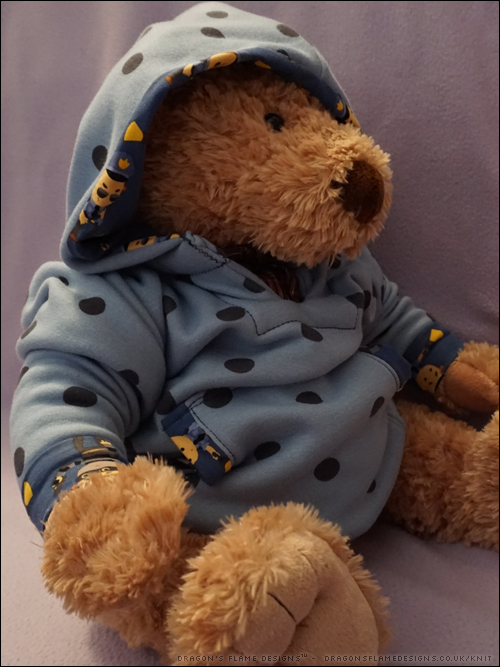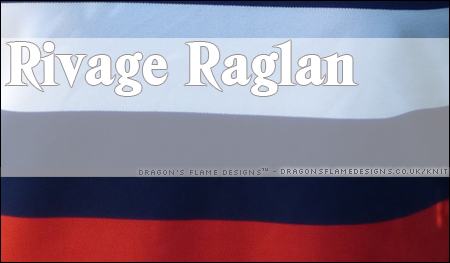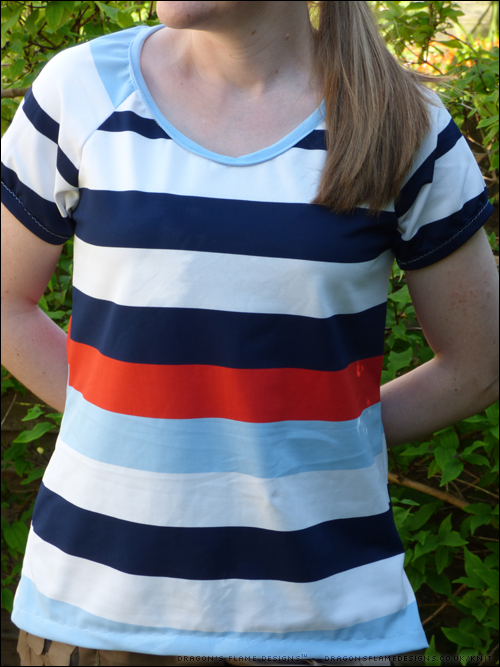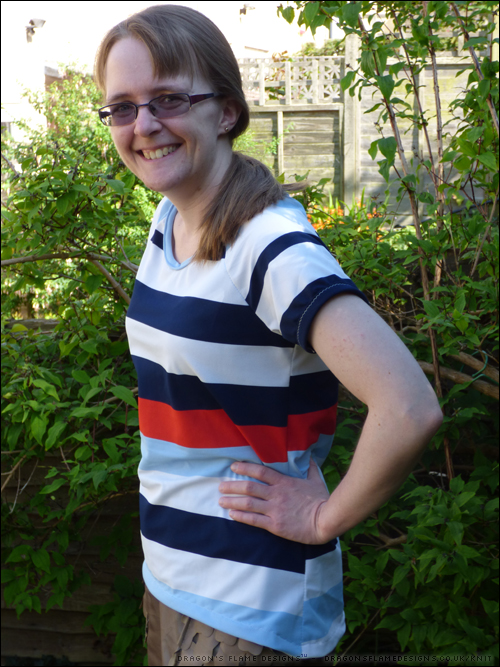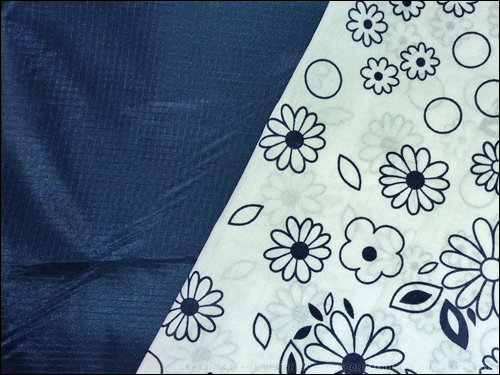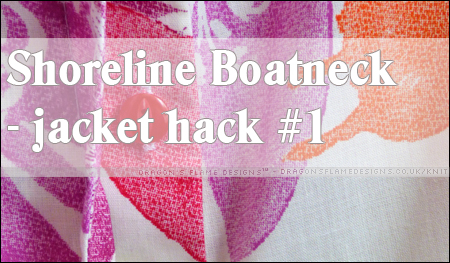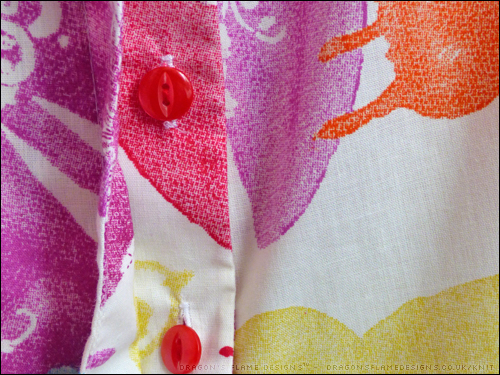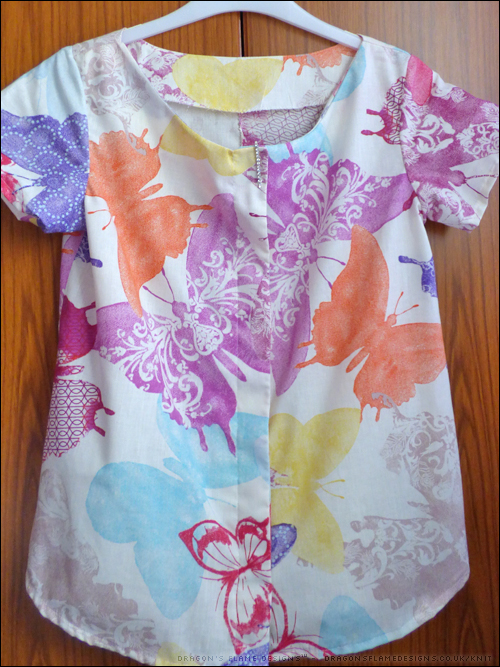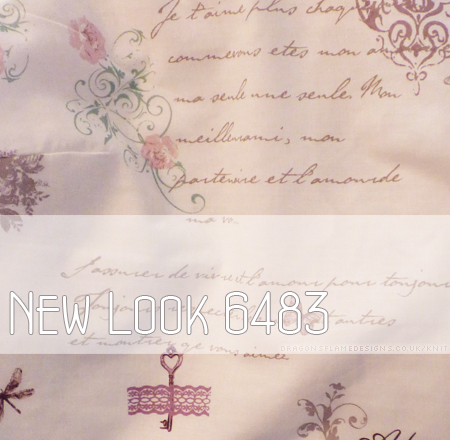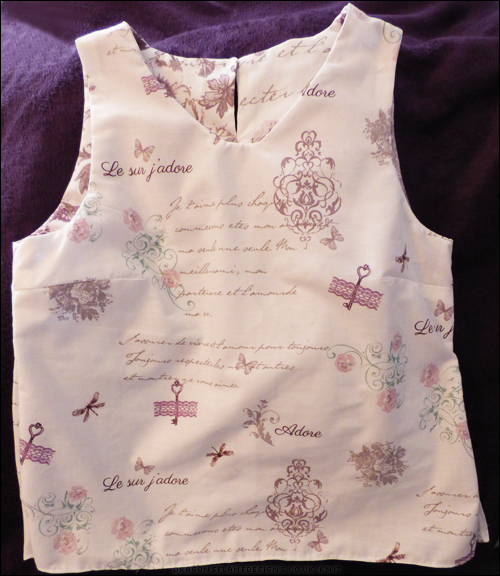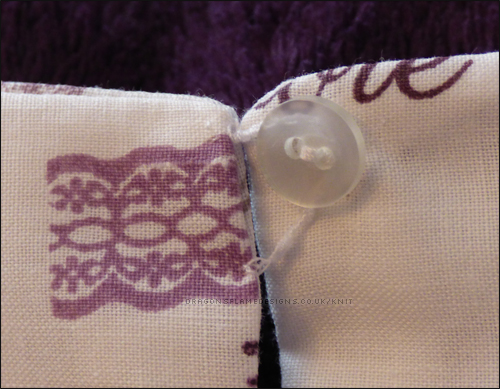Ok, I will admit I finished this Knot Your Average Top* late last year, but I realised I hadn’t ever blogged the finished top! Back in May, I had got to a sticking point with this Polar Bear Knot top, when I wanted to add in a shelf bra style part that isn’t in the pattern, but wasn’t too sure how to make it work.
After what felt like hours of instruction-less fabric origami, I wrangled the shelf bra into place, but had to unpick one sleeve as I’d made a basic error in attaching that to the shelf bra armscye. But that was mostly user error, and trying to add in a shelf bra for the first time, on a pattern that doesn’t include that option.
I won’t be sharing how I eventually achieved adding it in, as I made it ultra complicated – I need to try adding it into a few other patterns to perfect my method, before feeling confident at sharing it!
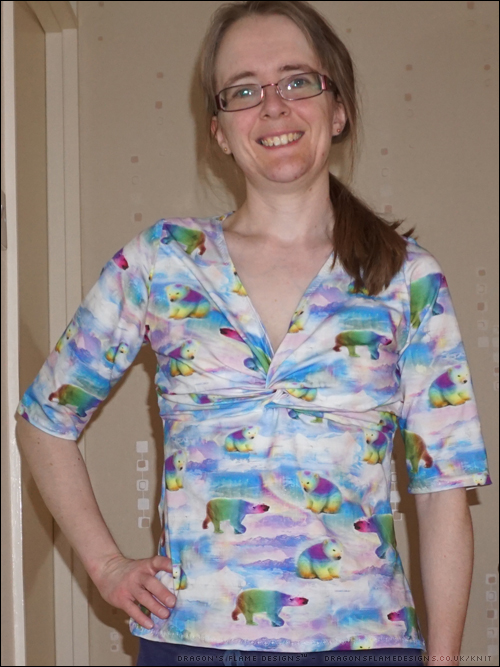
As with my other Knot your Average tops, the bust section has folds where it appears there’s too much fabric. It’s still there even when I change the cup size on the pattern (even on the smaller cup size top I made from scuba), so I’m assuming that it’s down to either the fit on the shoulder, or maybe needing to take out some height between the shoulder and underbust (that’s not an adjustment I’ve ever tried doing).
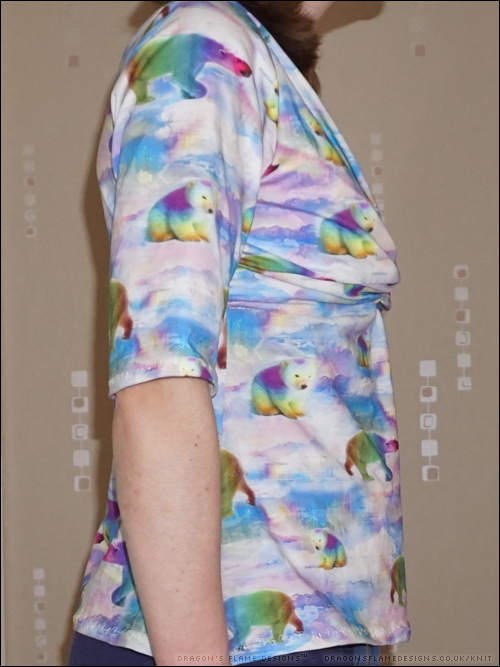
So ok, it’s not perfect but then if I’d bought a ready to wear top in a similar style, that was never going to fit me perfectly anyway. I had fun sewing this top, and learnt quite a bit in trying to add in the shelf bra, and that’s what matters!
* – affiliate link
Pattern: Knot Your Average Top* by 5 out of 4 Patterns
Fabric: Cotton Elastane from Fashion Fabrics

